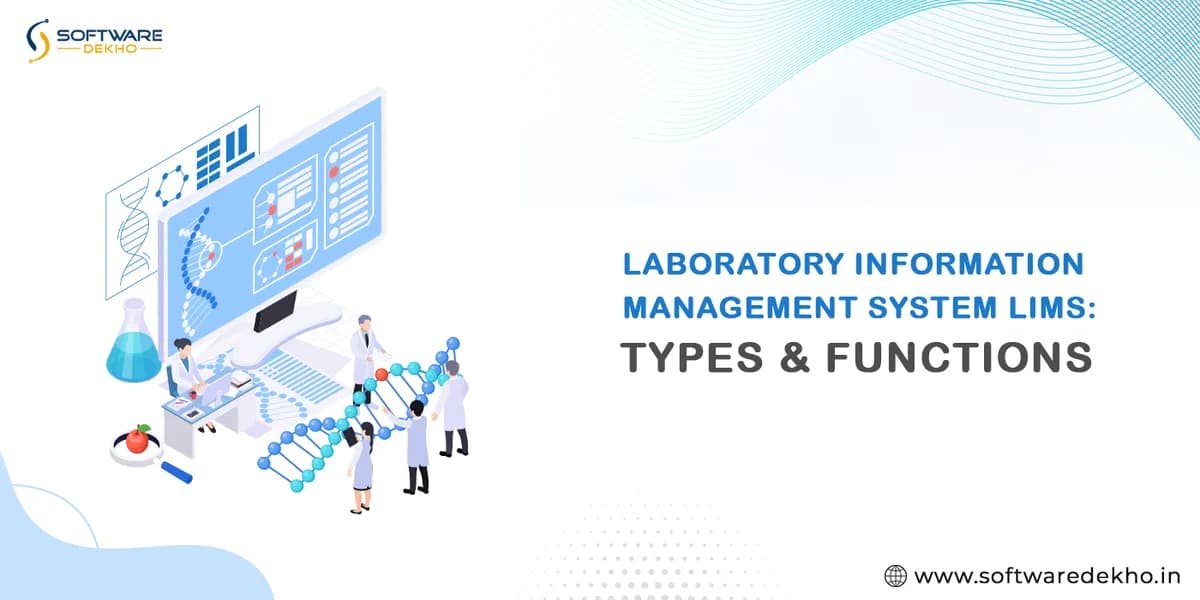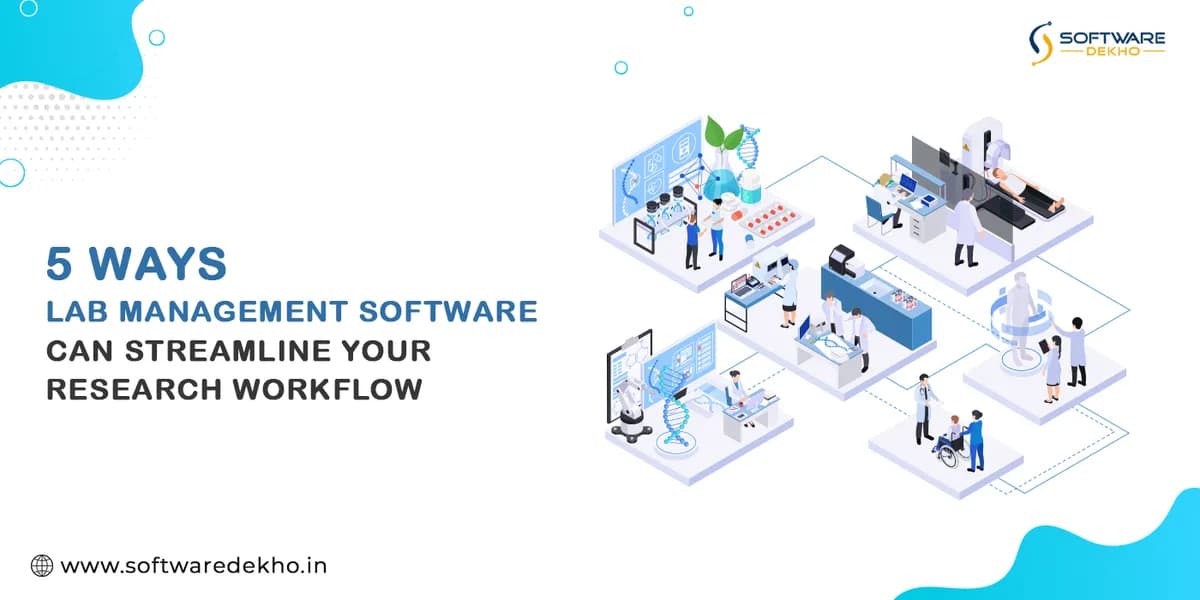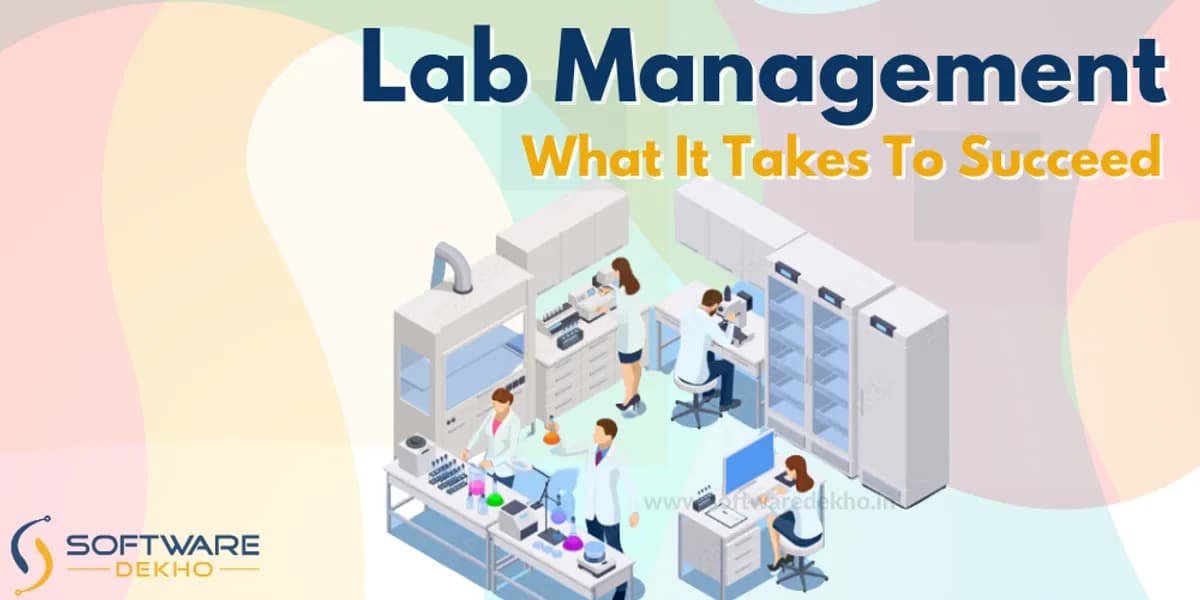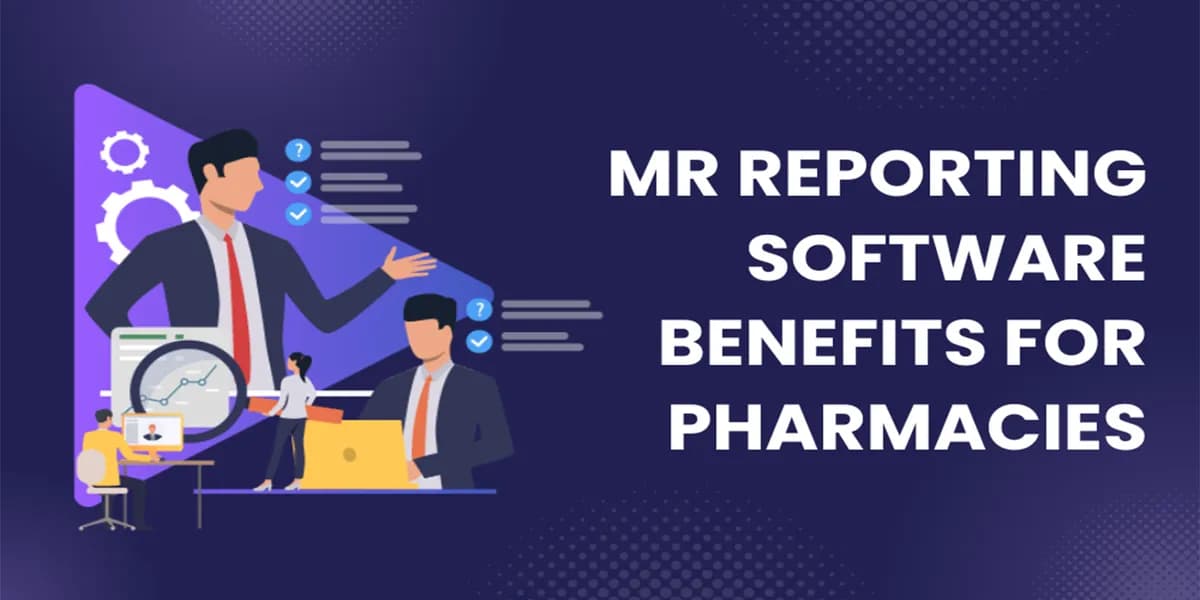Laboratory Information Management System LIMS: Types & Functions
Quality healthcare requires timely and correct test results. They help in making crucial decisions related to a patient’s treatment. But, it is difficult to manage the entire information related to samples, test results, etc. A good LIMS can help avoid this mess. Here’s a piece on the functions of laboratory information management systems and their types.
What is a LIMS?
Laboratory information management systems (LIMS) are software designed to automate and optimise laboratory operations. These systems manage the data flow associated with samples, tests, and results in a lab’s environment.
Typically, a LIMS does the following:
Tracks Samples: The software maintains detailed records of all the samples right from their collection to the final analysis.
Manage Tests: The software automates assigning required tests to the collected samples. It ensures that the tests conducted are correct.
Stores Results: LIMS stores the results electronically after the tests are performed and results are generated.
Apart from these, LIMS can also track the quality control measures and ensure accuracy throughout the testing process.
Functions of LIMS
A LIMS is the bridge between samples, data, and results. But how does it work? What are the functions of LIMS that are beneficial to us? Here are some:
Sample Check-in & Tracking:
Whenever a sample is collected, lab technicians enter the details into an LIMS. This data covers the sample’s type, origin, and any relevant clinical information. LIMS then allots a unique identifier (usually a barcode) to the sample for tracking. It ensures proper identification and sample tracking throughout the process.
Workflow Automation & Testing:
LIMS automates test assignments based on the protocols linked to specific sample types. These protocols within LIMS can be complex but they eliminate human errors. You can also integrate these systems with the lab equipment to trigger specific test protocols on compatible instruments.
Data Acquisition & Analysis:
Modern solutions for LIMS offer seamless integration with laboratory equipment. This key strength can help download raw data directly from the instruments after tests. Some LIMS solutions also provide preliminary data analysis features for basic calculations and trend identifications within the system.
Data Management & Reporting:
Laboratory information management system completely eliminates human records, reducing manual errors. It stores all test results, calibration records, instrument data, and user annotations too, within itself. It also comes with advanced reporting features that allow customised report generation. Users can sort or filter data based on specific criteria, creating reports as they need.
Quality Control & User Management:
LIMS is very essential to ensure integrity and quality within laboratories. You can use these systems to configure and track calibration records of lab equipment. You can also schedule quality checks for these instruments using LIMS. Any data falling outside the established parameters is flagged by the LIMS. This alerts the technicians about potential issues. Moreover, the software offers user management features with different access levels to restrict unauthorised tampering with the reports.
Apart from these, a good laboratory information management system acts as a central hub of information exchange between the lab teams. Real-time data updates, note sharing, and sample progress tracking among researchers and technicians happen within the tool. With a layer of security, you can also communicate with external healthcare entities for collaboration using your LIMS.
Types of LIMS
A laboratory information management system is not a one-size-fits-all solution. The following are the different types of LIMS designed to manage different healthcare facilities:
Clinical and Diagnostic LIMS:
As the name suggests, this LIMS is intended to manage clinics and diagnostic centers’ laboratories. These systems are known to manage the following:
Patient-centric: The software tracks a patient’s demographics, medical history, and orders for lab tests.
Sample Tracking: It manages the entire lifecycle of a sample, right from its collection to disposing of it after tests. This ensures a chain of custody and handling of every sample with care.
Automation: These systems automate test assignments based on their standard protocols. Doing so reduces errors and ensures proper adherence to necessary protocols.
Reports: The software provides detailed reports on the lab’s performance, test utilisation, and patient results.
These systems can be a good fit for big hospitals as well, as they provide advanced solutions for better lab management.
Anatomic Pathology LIMS:
AP LIMS is a specialised category of laboratory information management system. These are meant to cater to pathology labs dealing with tissue samples. They specialise in:
Integration: It integrates with digital pathology systems to align clinical data with digital slides.
Worklist Management: LIMS prioritises the cases and manages the workload for pathologists, ensuring efficient workflow.
Findings: The software provides a platform for recording microscopic and macroscopic observations in detail while examining tissues.
Diagnostics and Reports: It generates the reports efficiently, using standardised templates. They are also integrated with patient’s electronic health records (EHRs).
Microbiology LIMS:
Microbiology labs require a specific type of laboratory information management system. They need to rapidly and accurately identify pathogens. So, this type of LIMS comes with the following features:
Specimen Management: The software tracks various specimens like blood cultures, isolates, swabs, etc. It caters to the specific requirements of testing in microbiology.
AST Management: LIMS works great for Antimicrobial Susceptibility Testing (AST). It manages the process of performing and recording AST data. This can help understand the resistance patterns of different antibiotics.
Epidemic Surveillance: Advanced laboratory information management systems offer features to track outbreaks. They also help monitor different trends in specific pathogens within a healthcare facility.
These LIMS are specific to microbiology/pathology labs. Using these can help you better understand the readings and information stored within the system.
Blood Banking LIMS:
Another important type of LIMS is the blood banking LIMS, specialised in blood banking operations. These are intended to ensure efficient and safe blood transfusions. It provides the following features to manage blood banking labs.
Donor Management: The software tracks donor information, eligibility criteria for donation, and the history of blood donation.
Component Management: LIMS tracks the inventories for units, checks their expiry dates, and storage conditions for blood components like RBC, platelets, and plasma.
Compatibility Testing: The software automates the testing process for blood group compatibility. This ensures safe transfusion of blood.
Transfusion Management: It tracks blood product issuance and transfusion records. It also checks for potential adverse reactions.
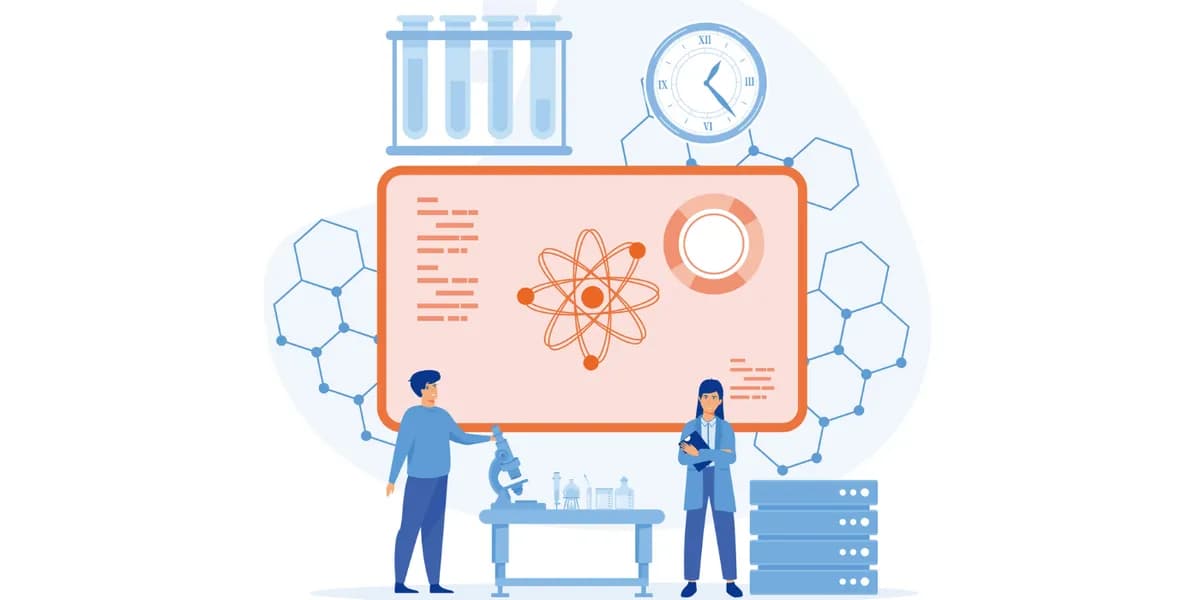
Choosing the Right LIMS
Buying the right laboratory information management system mainly depends on various factors. Consider these when choosing the best laboratory information management system:
Size and Complexity:
A large hospital with an in-house lab can go with a comprehensive Clinic and Diagnostics LIMS for their core systems. This can accommodate routine testing across various departments. These can be paired with an AP LIMS or Microbiology LIMS for specific requirements.
Testing Volume and Focus:
Clinics with smaller testing volumes like blood banks, allergy testings, etc., can look for targeted laboratory information management solutions. Focused LIMS solutions come with pre-designed workflows and functions meant to handle a specific domain’s requirements.
Budget:
The cost of a laboratory information management system depends on included features, complexity, and deployment models. Smaller clinics with budget constraints can look for cost-effective solutions or cloud-based LIMS with flexible subscriptions.
Scalability:
LIMS is a long-term solution to manage your lab’s database. So, you need to consider its scalability with time. Most modern LIMS solutions are flexible and come with timely updates to meet your requirements.
Technical Expertise:
This is an underrated consideration but a crucial one to decide your LIMS. You need to consider the IT expertise of the software. On-premise solutions require installations, maintenance and updates. So, you need to provide a dedicated IT team for its maintenance. Cloud-based solutions don’t require much of these as the software vendor manages them all for you.
Apart from these, you can also consider the integration capabilities of the software with existing healthcare systems like LIS and EHRs or any existing hospital management software. It facilitates smooth operations within the hospitals. It also provides a holistic view of the patient records coming from different departments.
You must conduct thorough research and read user reviews to choose the best software for your needs. So, take a look at our website to understand better!
Let's Talk about Software!

